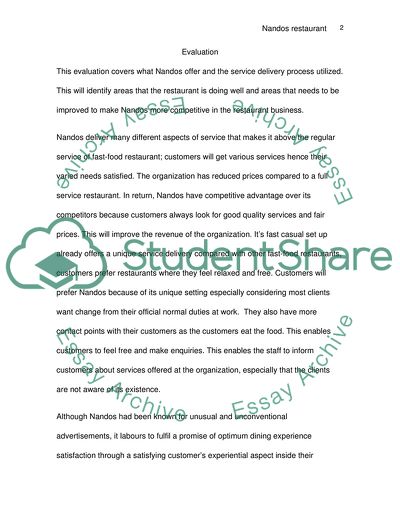Cite this document
(The Relationship Between the Buyer and Seller of Services Research Paper, n.d.)
The Relationship Between the Buyer and Seller of Services Research Paper. Retrieved from https://studentshare.org/marketing/1737162-services-marketing-management
The Relationship Between the Buyer and Seller of Services Research Paper. Retrieved from https://studentshare.org/marketing/1737162-services-marketing-management
(The Relationship Between the Buyer and Seller of Services Research Paper)
The Relationship Between the Buyer and Seller of Services Research Paper. https://studentshare.org/marketing/1737162-services-marketing-management.
The Relationship Between the Buyer and Seller of Services Research Paper. https://studentshare.org/marketing/1737162-services-marketing-management.
“The Relationship Between the Buyer and Seller of Services Research Paper”, n.d. https://studentshare.org/marketing/1737162-services-marketing-management.


